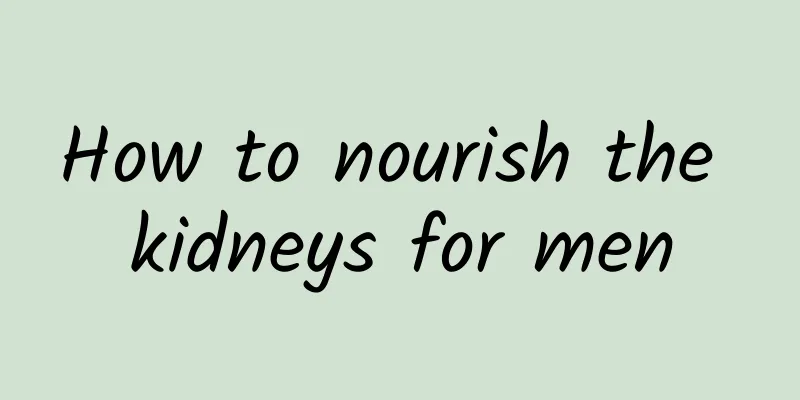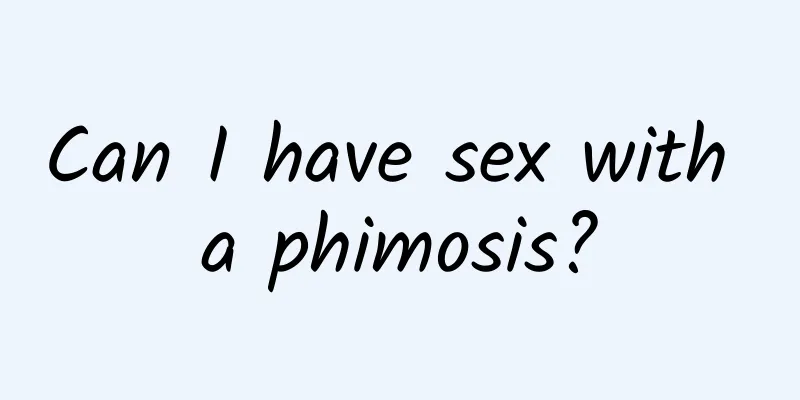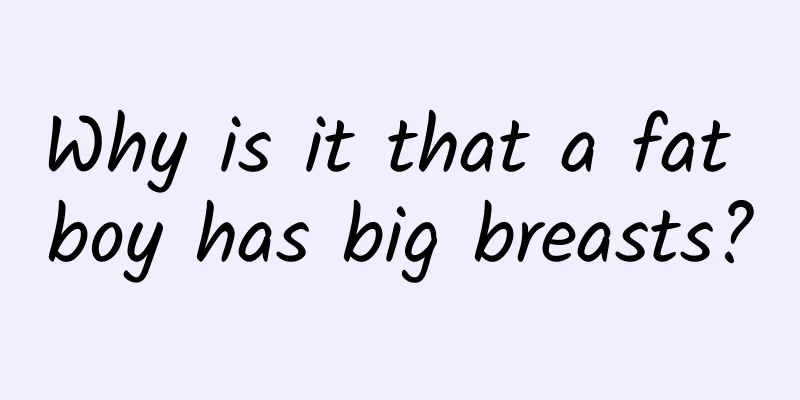What is the reason for the elderly's crooked mouth and facial muscle twitching?

|
As people's living standards continue to improve and material life becomes more and more abundant, more and more people are suffering from various diseases, among which facial nerve diseases are also becoming more and more common. So is facial muscle twitching an early symptom of facial paralysis? Early symptoms of facial paralysis Typical symptoms: Most patients often suddenly find that one side of their cheek becomes stiff and their mouth becomes crooked when they wash their face or rinse their mouth in the early morning. Changes in facial expression: In patients with complete paralysis of the facial expression muscles on the affected side, forehead wrinkles disappear, palpebral fissures widen, nasolabial grooves become flat, corners of the mouth droop, and the corners of the mouth deviate toward the healthy side when the teeth are exposed. Changes in facial movements: The affected side cannot wrinkle the forehead, frown, close the eyes, puff up air, or purse the lips. When puffing up the cheeks or whistling, air leaks out because the lips on the affected side cannot close. Associated symptoms: When eating, food residues often remain in the space between the teeth and cheeks on the affected side, and saliva often flows down from that side. Because the tear point turns inward with the lower eyelid, the tears cannot be drained normally and overflow. Facial neuritis Early symptoms of facial neuritis include ear pain, rash, inability to frown or numbness on one side of the face, gradual loss of taste, etc. Many patients with facial paralysis mistakenly believe that they have other diseases when they first discover symptoms and go to the ENT or dermatology department for treatment. It is crucial to remember the early symptoms of facial neuritis. Most patients often find that one side of the cheek cannot move and the mouth is crooked when washing their face and rinsing their mouth in the morning. If the facial expression muscles on the affected side are completely paralyzed, the forehead wrinkles disappear, the palpebral fissure widens, the nasolabial groove is flat, the corners of the mouth droop, and the corners of the mouth deviate to the healthy side when the teeth are exposed. The affected side cannot wrinkle the forehead, frown, close the eyes, puff up the lips, or purse the lips. When whistling by puffing up the cheeks, air leaks because the lips on the affected side cannot close. When eating, food residues often remain in the space between the teeth and cheeks on the affected side, and saliva often flows down from that side. Because the tear point turns inward with the lower eyelid, the tears cannot be drained normally and overflow. Symptoms of trigeminal neuralgia ◎ Pain location: does not exceed the distribution range of the trigeminal nerve, is often limited to one side, and usually involves one branch, with the second and third branches often affected, accounting for about 95%. ◎ Pain nature: The pain is like electric shock, knife cutting, tearing, and severe pain, which comes and goes suddenly. Each pain lasts from a few seconds to dozens of seconds. The interval between attacks gradually shortens and the pain gradually worsens. Frequent attacks may affect eating and rest. ◎ Trigger factors and "trigger points": Pain attacks are often triggered by talking, chewing, brushing teeth, washing face, etc. Even wind or noise can cause attacks. Some patients can trigger pain attacks by touching the nose, mouth, gums, inner end of the eyebrow arch, etc. These sensitive areas are called "trigger points" or "trigger points". Anesthetizing "trigger points" can often temporarily relieve pain attacks. Therefore, in order to reduce attacks, patients often dare not wash their faces, talk loudly, or even eat. ◎Signs: Attacks may be accompanied by twitching of the ipsilateral facial muscles, facial flushing, tears and drooling, so it is also called painful twitching. When the pain attacks, patients often rub the ipsilateral face with their hands. Over time, the facial skin becomes rough and thickened, and the eyebrows fall off. Because they dare not eat, wash their faces, and do not take care of their appearance, patients often appear thin, haggard, unkempt, and depressed. Objective examinations often do not show trigeminal nerve dysfunction and other localized neurological signs, but sometimes due to rough and thick facial skin or closure therapy, facial pain and touch may be reduced. Four major clinical manifestations of facial nerve paralysis 1. Crooked mouth and crooked eyes: Most patients with facial nerve paralysis often suddenly find that one side of their cheek cannot move properly and their mouth is crooked when they wash their face and rinse their mouth in the early morning. 2. Impaired movement: The affected side cannot wrinkle the forehead, frown, close the eyes, puff up air, or purse the lips. When puffing up the cheeks or whistling, air leaks out because the lips on the affected side cannot close. 3. Paralysis of facial muscles: In patients with complete paralysis of facial muscles on the affected side, forehead wrinkles disappear, palpebral fissures widen, nasolabial grooves become flat, corners of the mouth droop, and the corners of the mouth deviate toward the healthy side when teeth are exposed. 4. Ectropion of the eyelids: When patients with facial nerve paralysis eat, food residues often remain in the interdental space on the affected side, and saliva often flows down from that side. Because the tear point turns inward with the lower eyelid, the tears cannot be drained normally and overflow. Five major symptoms of facial spasm 1. Gender characteristics: Most patients with hemifacial spasm develop the disease after middle age, and the disease is more common in women. 2. Ear diseases: A very small number of patients with hemifacial spasm will experience mild facial pain when convulsions occur, accompanied by pain and tinnitus on the same side. 3. Rigidity: Patients with more severe facial spasm mainly show rigidity, which can cause the corner of the mouth to tilt to the same side, make it impossible to speak, and the eye on the same side cannot open. It can often be aggravated by voluntary movement, mental tension, and fatigue, so the seizure cannot be controlled by oneself. 4. Convulsions: The degree of convulsions in patients with hemifacial spasm varies, and can manifest as irregular, paroxysmal, or rapid convulsions. In the early stages of the disease, the convulsions are relatively mild, and then they will extend to several minutes or longer. The interval time will gradually shorten, and the convulsions will gradually become more frequent. 5. Eye diseases: In the early stage of facial spasm, the symptoms are paroxysmal involuntary twitching of the orbicularis oculi muscle on one side, which gradually and slowly spreads to other facial muscles on one side of the face. The twitching of the muscles at the corners of the mouth will attract more attention. When the condition of the patient with facial spasm is more serious, it may even affect the broad neck muscles on the same side. |
<<: Chest muscle guy: teach you the fastest way to train your chest muscles!
>>: How to get rid of acne on oily skin? What causes acne on oily skin?
Recommend
What is the cause of red spots on the glans?
If there are red spots on the glans, then men sho...
Penile Correction Surgery
The effect of penile correction surgery is genera...
How to make and what are the benefits of yam and red date porridge.
Many people like to drink porridge in the morning...
What are the effects of male anti-sperm antibodies?
If a man is positive for anti-sperm antibodies, i...
Post-circumcision edema
For the condition of prepuce being too long, it i...
Are there any side effects for single dogs to use inflatable dolls for a long time?
Inflatable dolls are a kind of adult health produ...
How much does a sperm test cost?
Because people nowadays understand the importance...
Garlic water cures cough, garlic cough remedies
Garlic is a common ingredient and is often used a...
Symptoms of Low Testosterone
When it comes to testosterone, many people should...
What causes frequent urination in men?
Frequent urination is common in men. Many patient...
How to treat male urinary incontinence?
Many people are prone to prostatitis due to the h...
What to do if men have no sexual desire
Many young people have a very harmonious sex life...
How to measure penis stem length
Men and women are very shy about talking about ma...
What is the normal range of blood pressure for the elderly?
We all know that the elderly are at high risk of ...
How to deal with dental plaque? Several tips to quickly remove dental plaque
Plaque on teeth not only affects the appearance, ...









